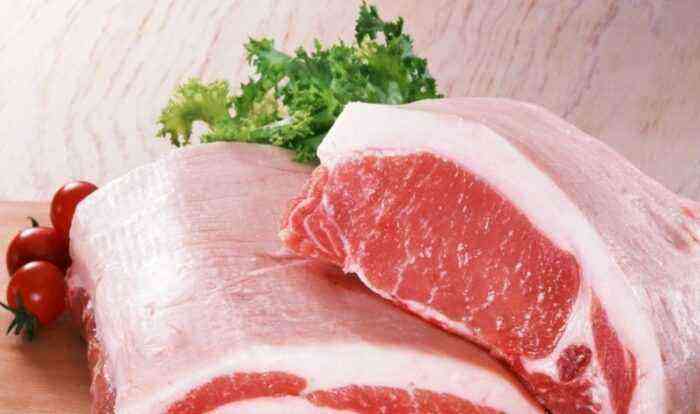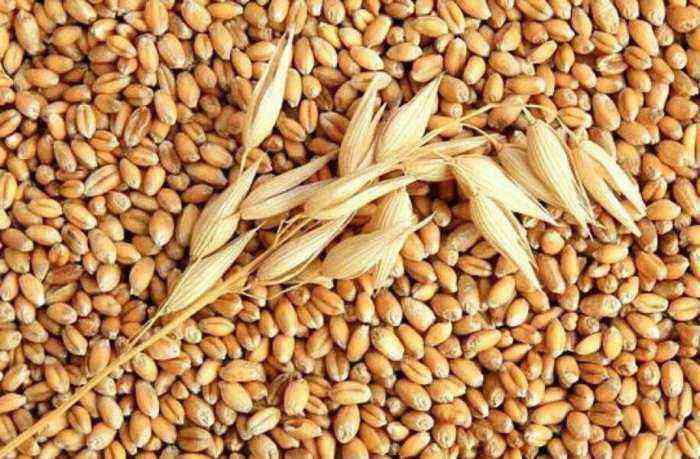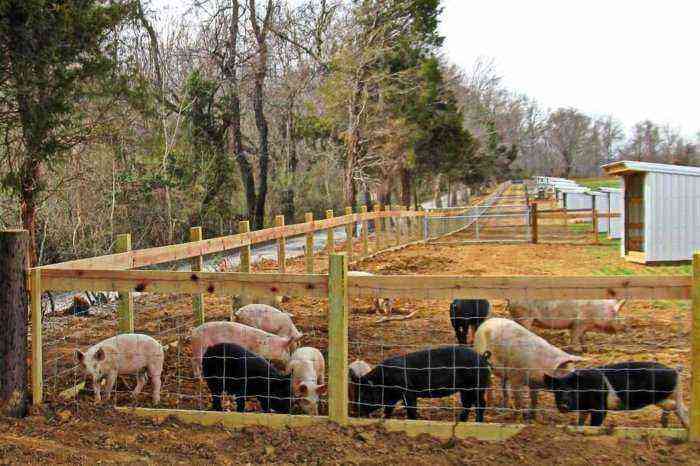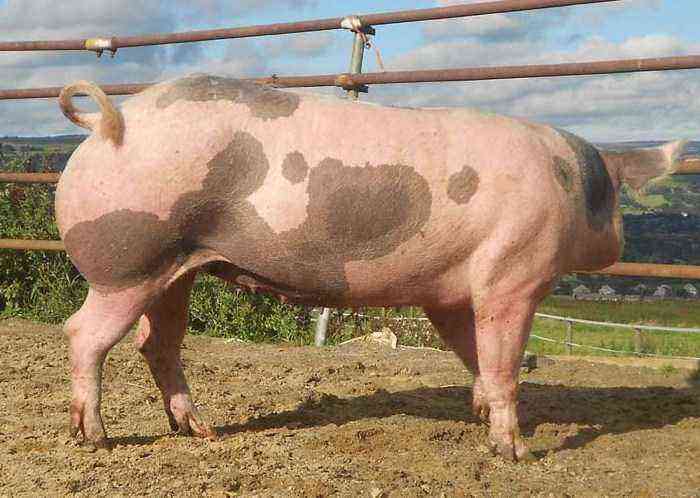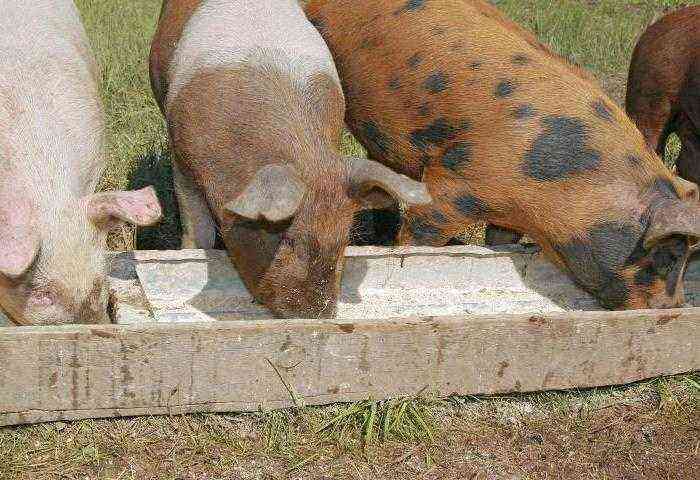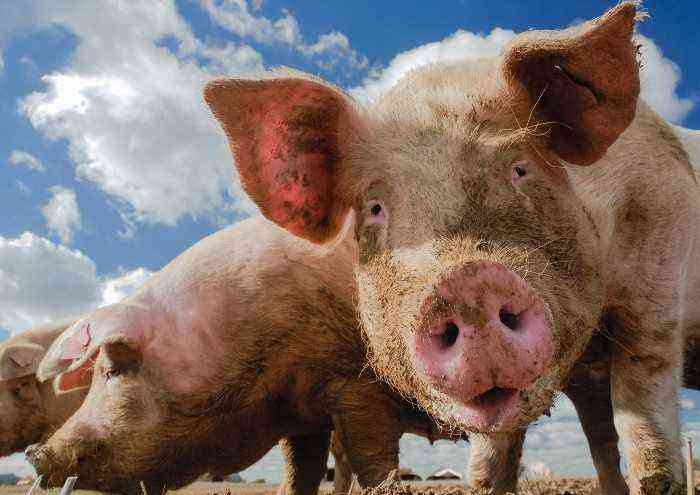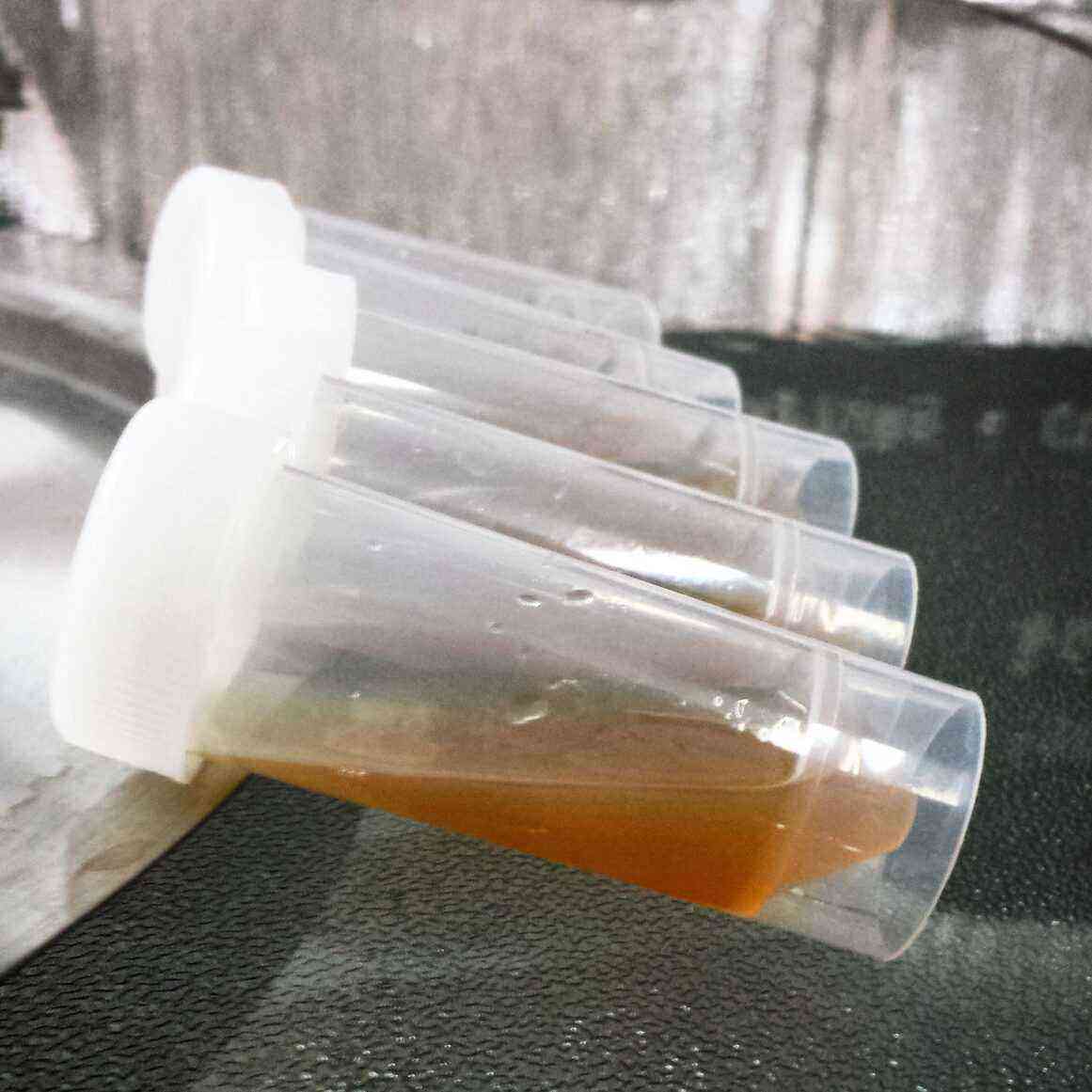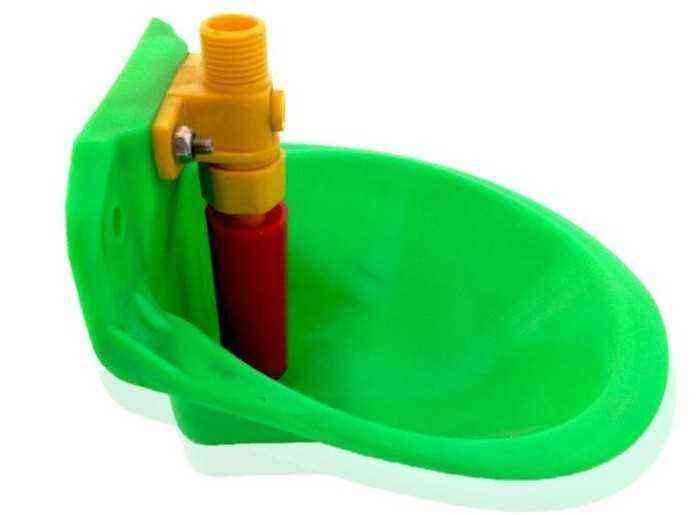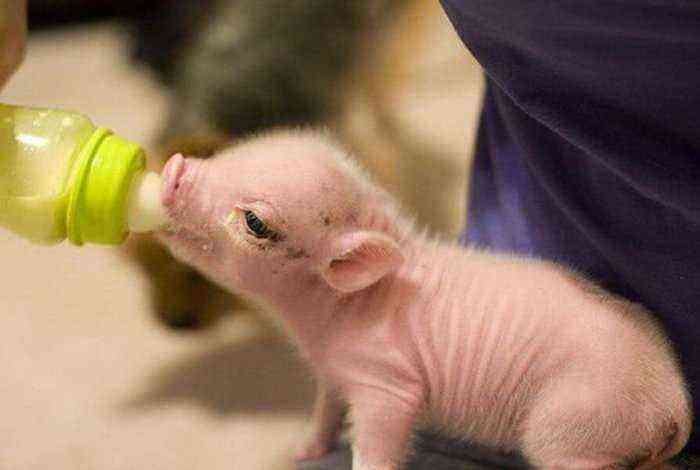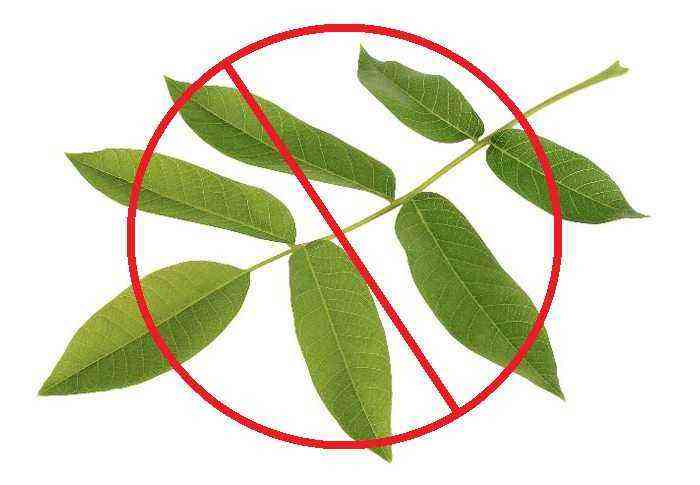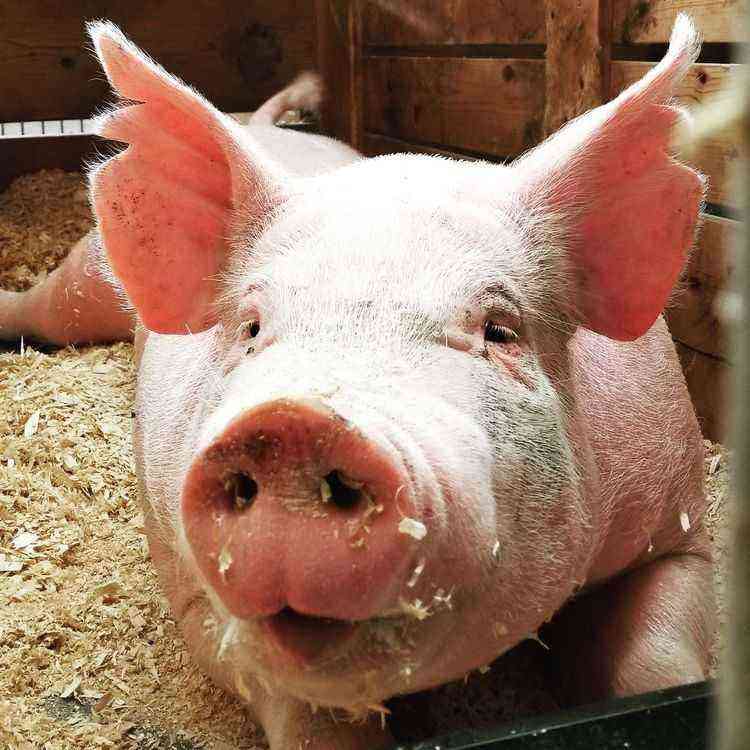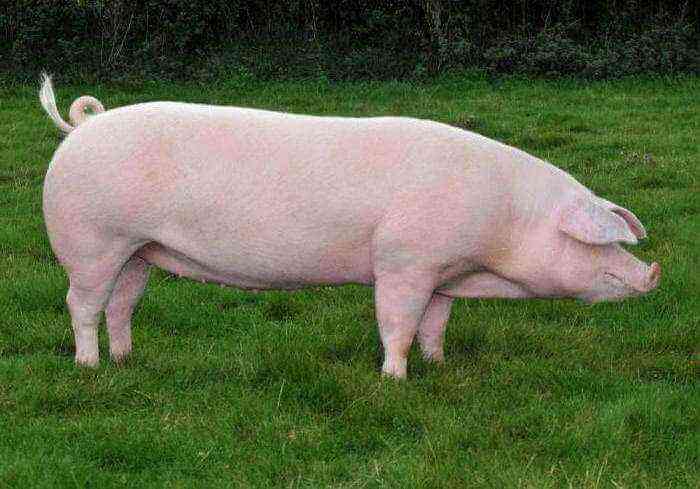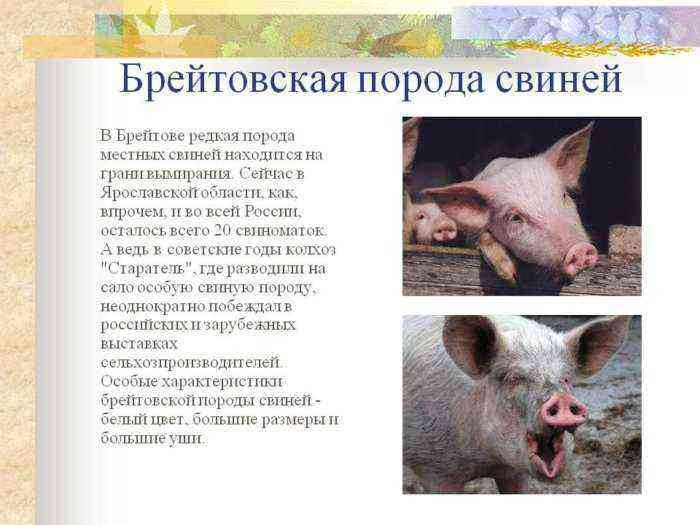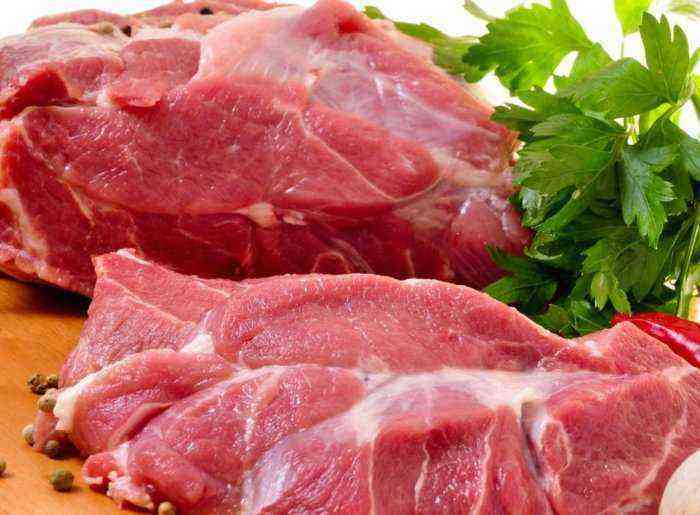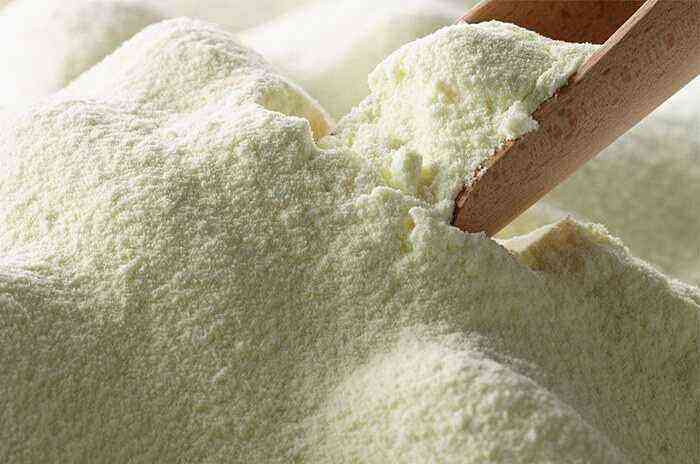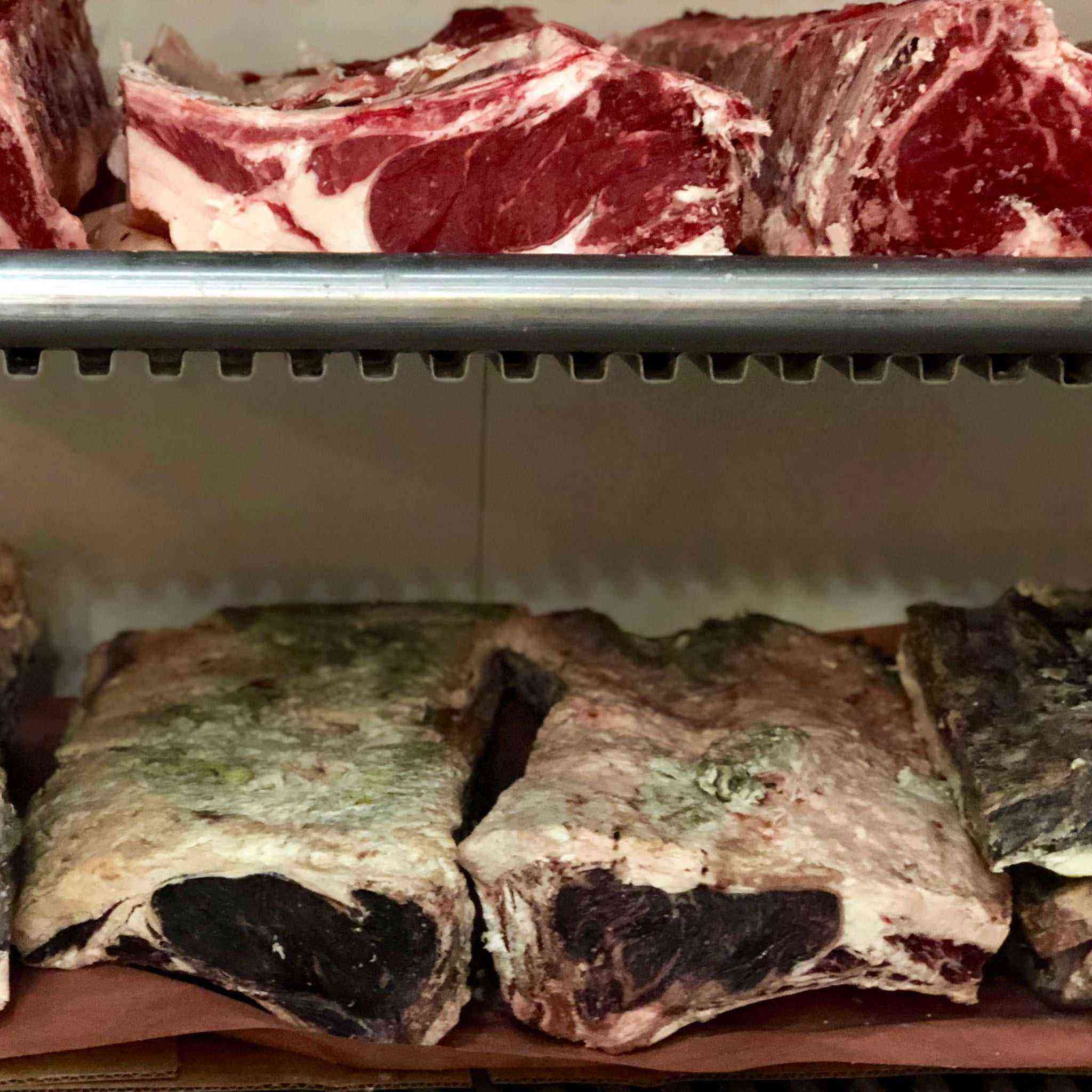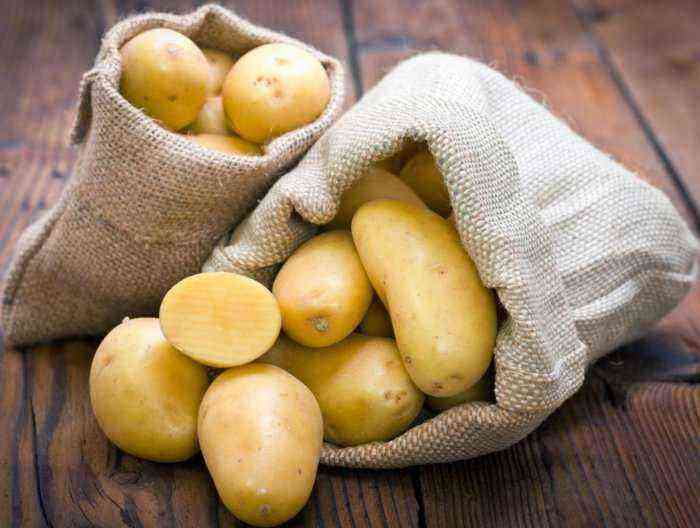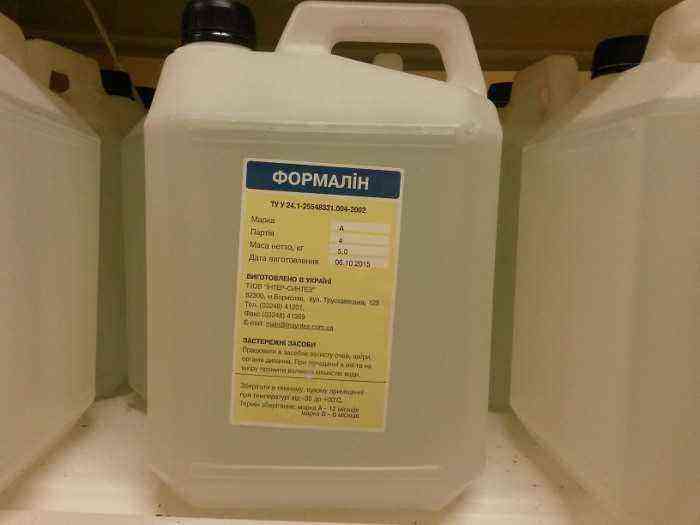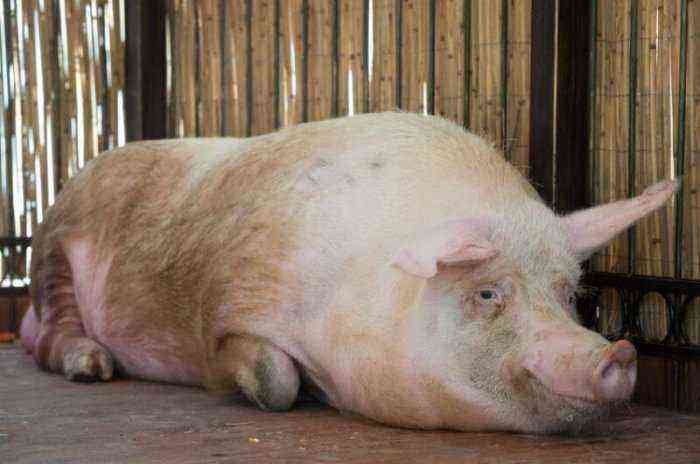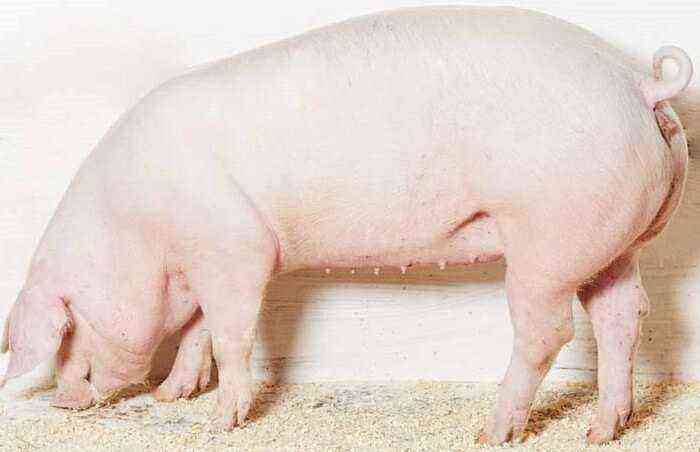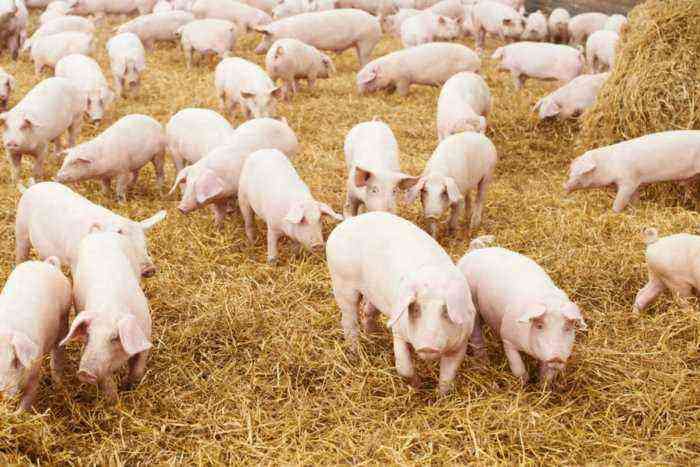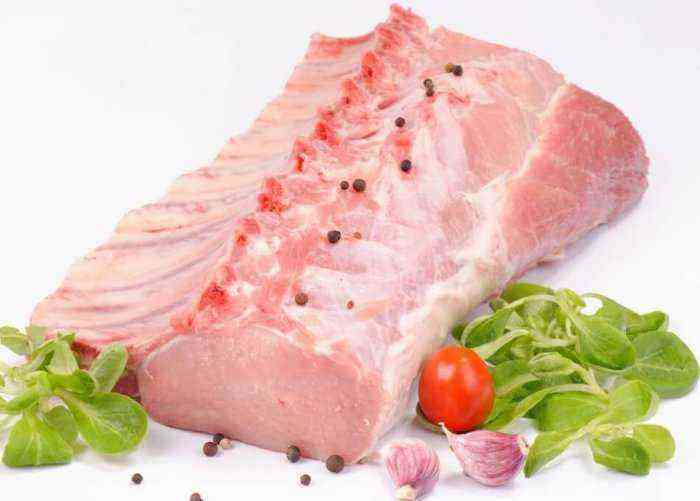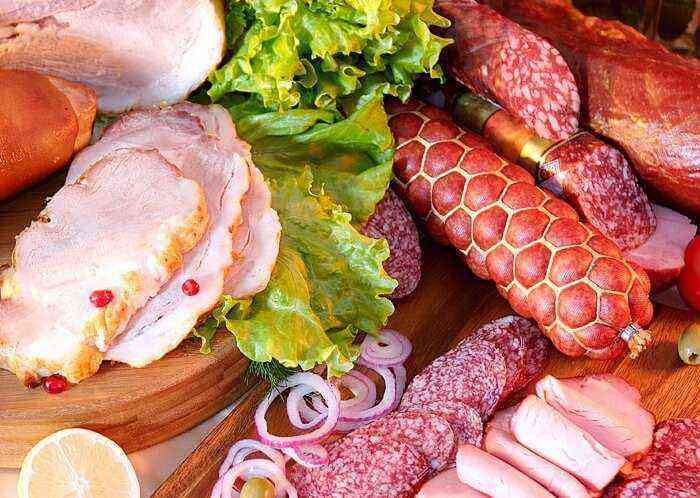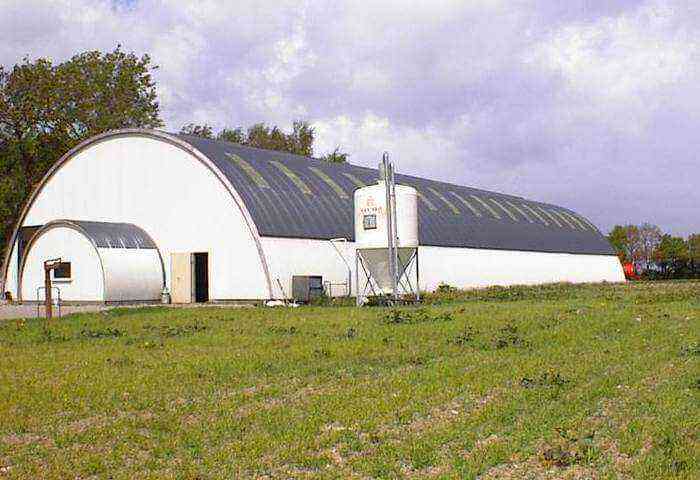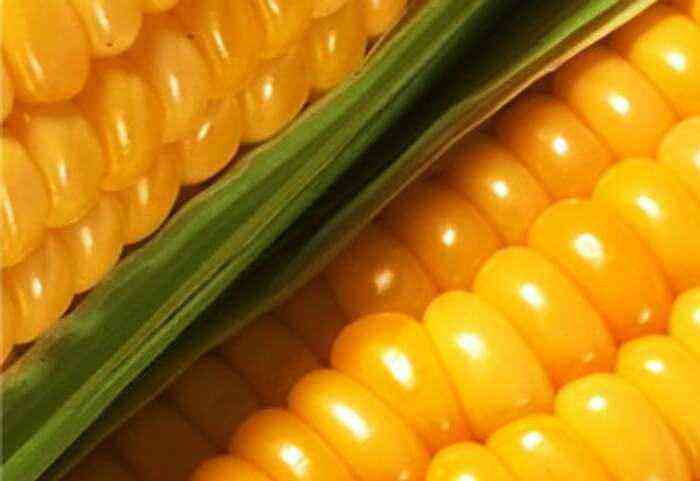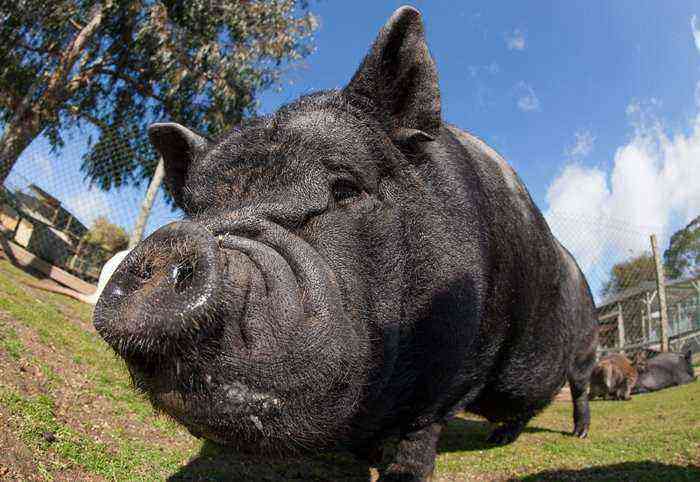Boar meat has an unpleasant specific smell and is not allowed for sale, it is used in sausage production.
Normally, pork is characterized by a fine-fibered muscle structure, soft and tender texture. Adipose tissue is white, almost odorless. Boiled pork is tender, with a pleasant smell and taste, its digestibility and digestibility are higher than beef and lamb. By age, pork is divided into meat of milk pigs with a carcass weight of 1,5-5 kg, gilts – 12-38 and adult pigs – more than 38 kg. The meat of 7-9-month-old animals is considered the best. By heat treatment, pork is divided into cooled, cooled to a temperature of 0-4 ° C; frozen, subjected to freezing to a temperature not higher than -8 ° C; frozen, subjected to freezing and having a temperature in the thigh at a depth of 1 cm -3 … -5 ° C, and in the thickness of the thigh muscles 0 … -2 ° C. During storage, the temperature throughout the volume of the muscles should be -2 … -3 ° C.
GOST provides for 5 categories of pork quality.
Pork obtained after removing the bacon, along the entire length of the back part of the half carcass at the level of 1/3 of the width of the half carcass from the backbone, as well as in the upper part of the shoulder blade and the thigh part, is called trimmed and belongs to category II. In places of separated bacon, its remains with a thickness of not more than 0,5 cm are allowed.
In the trading network and public catering networks, they sell pork of categories I and V, carcasses of pigs in the skin of category II, pork II and III categories skinless or crouped, edged.
Pork carcasses and half carcasses I, II, III and V categories are sold without head, legs, internal organs and internal fat. From carcasses and half carcasses intended for sale in a retail trade network and a public catering network, tanks with a neck notch are separated in a straight line in the transverse direction; to the position of the neck directly in front of the atlas, as well as the internal lumboiliac muscle (notch).
On pork carcasses and half-carcasses in the skin intended for industrial processing, the hind legs are left, and category V pork is produced in whole carcasses, with a head and legs, without internal organs.
Half carcasses of pork should not have remnants of bristles, internal organs, blood clots, fringes of muscle and adipose tissue, dirt, bruises and bruises. Stripping from bruises and bruises is permissible on an area of up to 10% of the surface, breakdowns of subcutaneous fat – on an area of up to 15% of the surface of the half-carcass (carcass) II, III and IV categories.
The presence of snow and ice on frozen and frostbitten carcasses (half-carcasses) of pigs is not allowed.
Category IV pork, frozen more than once, with yellowed lard, gilts without skin, with stripping from bruises and bruises and breakdowns of subcutaneous fat more than the established norms, with an incorrect division along the spinal column is not allowed for sale, but is used for industrial processing for food purposes. , from boars, deformed half-carcasses, frostbitten, not meeting the requirements of categories.
Categories of pork by quality
Note:
- The carcass weight is determined with an error of up to 1 kg, while 0,5 kg or more is taken as 1 kg, and less than 0,5 kg is not taken into account.
- To pork I, II, III and IV categories do not include carcasses of boars, pork of categories I, II do not include carcasses of sows.
